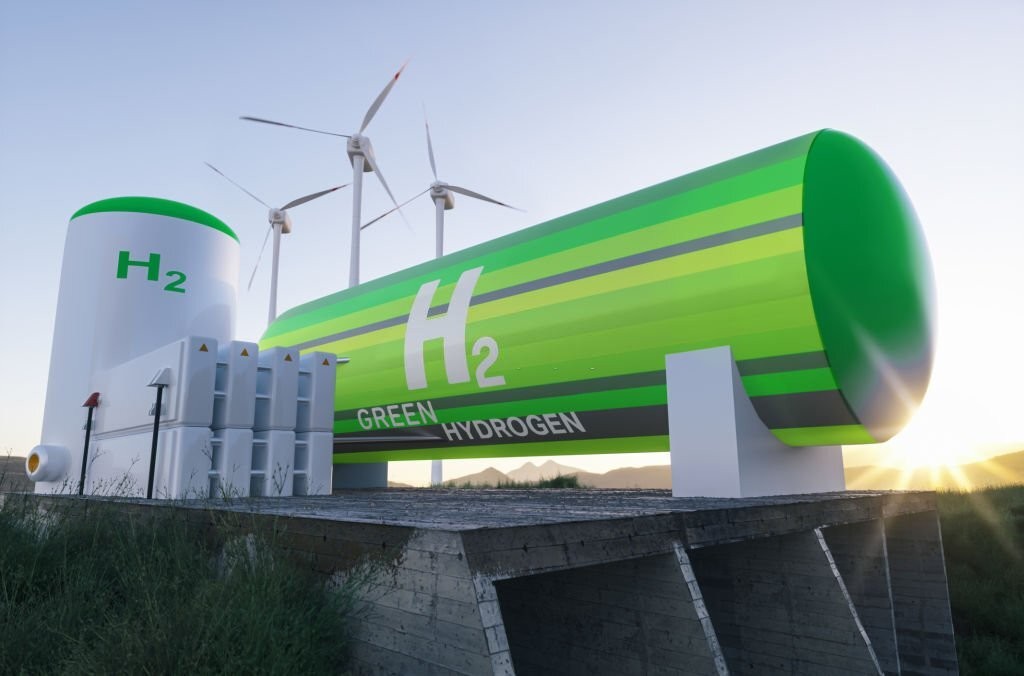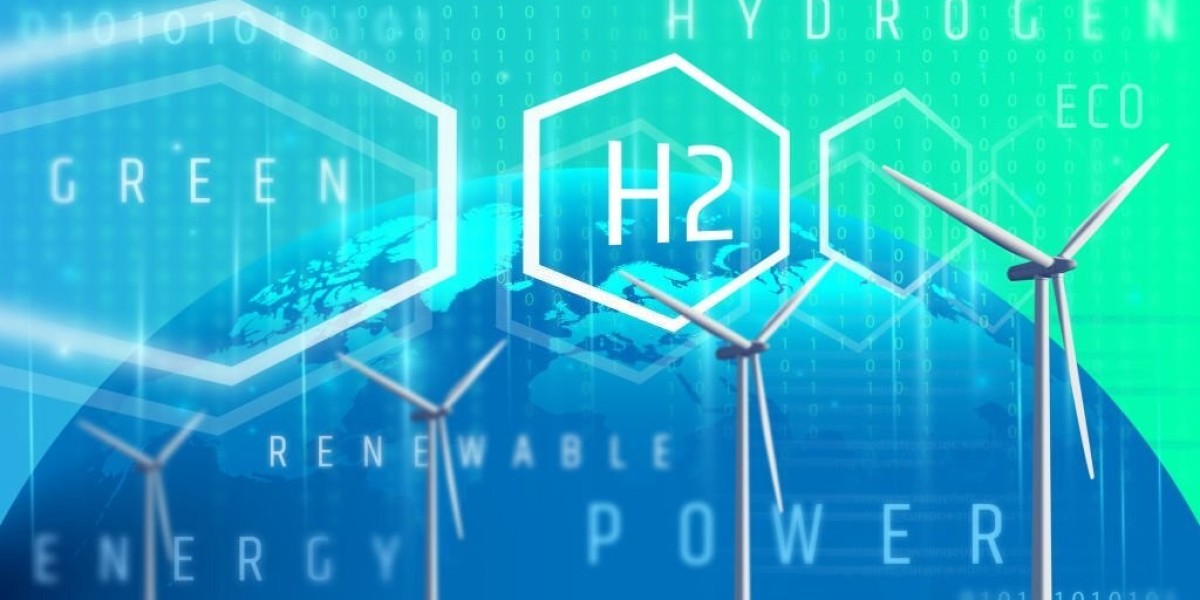Green hydrogen holds a lot of promise when it comes to reducing our reliance on fossil fuels and curbing greenhouse gas emissions. But it's not as simple as just producing more of it - in fact, creating enough green hydrogen to meet global energy needs is a big challenge that requires a lot of investment, innovation, and cooperation across various industries. In this blog post, we will delve into the current state of green hydrogen production, examine the obstacles that come with scaling up production, and explore some potential solutions to make sure we have enough green hydrogen to power the world.
Understanding the Basics of C Production:
To make green hydrogen, we use a process called electrolysis, where we use renewable electricity to split water into hydrogen and oxygen. This hydrogen is then stored and used later on. It's really important that we use renewable electricity sources like wind or solar power, so we don't create any carbon emissions during the process. The amount of renewable electricity we need depends on how efficient the electrolysis system is. Most commercial systems are around 70% efficient, which means 30% of the energy is lost as heat. To create one kilogram of green hydrogen, we need about 50 kilowatt-hours (kWh) of electricity. This means that if we want to produce a lot of green hydrogen, we'll need a lot of renewable electricity.
rbon emissions during the process. The amount of renewable electricity we need depends on how efficient the electrolysis syste
Scaling up Green Hydrogen Production:
If we want to make enough green hydrogen to power the world, we need to ramp up production to meet the growing demand. The International Energy Agency (IEA) predicts that global demand for hydrogen will increase tenfold by 2050, and up to a quarter of that demand will come from green hydrogen. That means we'll need to produce around 500 million tons of green hydrogen each year by 2050, which is a huge jump from the current annual production of just 0.1 million tons. To achieve this level of production, we'll need to invest heavily in renewable energy infrastructure. Producing 500 million tons of green hydrogen per year requires around 2,500 terawatt-hours (TWh) of renewable electricity, which is equivalent to about 60% of the world's current total electricity production. This level of investment will require a coordinated effort from governments, investors, and industry to make it happen.
Applications of Green Hydrogen:
Green hydrogen is a versatile energy source that can be used in many different ways. One of the most exciting applications is in transportation, especially in heavy-duty vehicles like trucks, buses, and trains. By using fuel cells powered by green hydrogen, we can replace dirty diesel engines with a cleaner and more efficient alternative that doesn't produce harmful air pollution. Green hydrogen can also be used in industrial processes like steel and cement production, which are major sources of greenhouse gas emissions. By replacing fossil fuels with green hydrogen, we can significantly reduce the carbon footprint of these industries. And finally, green hydrogen can be used to generate electricity through fuel cells. This means that we can use it to power homes, businesses, and other types of infrastructure in a way that's cleaner and more sustainable than traditional fossil fuel sources. All in all, green hydrogen is a promising solution for a wide range of energy needs that can help us move towards a more sustainable future.
Challenges Associated with Scaling Up Green Hydrogen Production:
Producing enough green hydrogen to fuel the world requires overcoming several challenges, including high production costs, limited renewable energy resources, and infrastructure constraints.
Production Costs:
Currently, green hydrogen production is more expensive than producing hydrogen from fossil fuels, such as natural gas. The high production costs are mainly due to the high capital costs of electrolyzers, which can account for up to 70% of the total cost of green hydrogen production.
Limited Renewable Energy Resources:
Producing green hydrogen requires a significant amount of renewable electricity, such as solar or wind. However, the availability of renewable energy resources is limited, and their output can fluctuate depending on weather conditions. This can make it challenging to produce green hydrogen at a consistent rate and scale.
Infrastructure Constraints:
Producing, storing, and transporting green hydrogen requires significant infrastructure investments, such as building electrolyzer plants, hydrogen storage facilities, and hydrogen refueling stations. The lack of such infrastructure can limit the widespread adoption of green hydrogen as a fuel source.
Potential Solutions to Scale up Green Hydrogen Production:
To overcome the challenges associated with scaling up green hydrogen production, several potential solutions have been proposed, including reducing production costs, increasing renewable energy resources, and developing necessary infrastructure.
Reducing Production Costs:
One way to reduce the production costs of green hydrogen is to increase the efficiency of electrolyzers. Researchers are exploring new materials and designs for electrolyzers to improve their performance and reduce their capital costs. Another approach is to develop a hydrogen economy where hydrogen is used as a feedstock in various industries, creating a demand for green hydrogen that can drive down its production costs.
Increasing Renewable Energy Resources:
To produce enough green hydrogen to fuel the world, the world will need to increase its renewable energy resources significantly. This can be achieved by investing in large-scale renewable energy projects, such as offshore wind farms, solar farms, and geothermal energy projects.
Developing Necessary Infrastructure:
To enable the widespread adoption of green hydrogen as a fuel source, significant infrastructure investments will be required, such as building electrolyzer plants, hydrogen storage facilities, and hydrogen refueling stations.
In a Nutshell:
To make enough green hydrogen to power the world, we need to overcome several challenges. These challenges include the high production costs associated with producing green hydrogen, the limited availability of renewable energy resources needed to produce it, and the need for significant infrastructure investments to store and transport the hydrogen. To overcome these challenges, we need to invest in new technologies, collaborate across different industries, and scale up renewable energy production to ensure that we have enough clean energy to power the hydrogen production process. By addressing these challenges, we can make green hydrogen a viable and sustainable energy source for the future.



